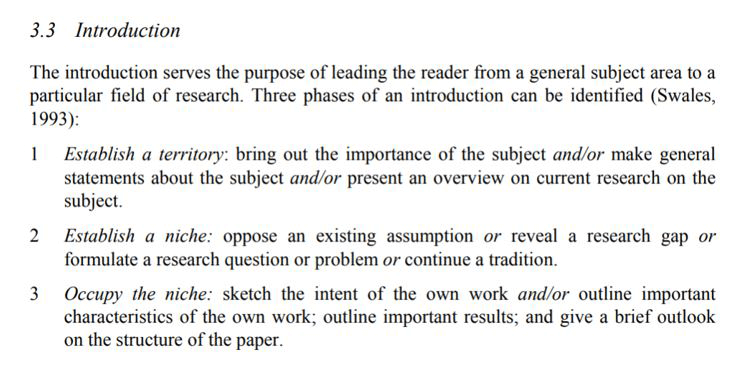Unlike the body of the paper, the foreword has a more emotional tone. It provides the foundation for the rest of the work and ties in the author’s credentials. The purpose of the introduction is to draw the reader in and motivate them to read the rest of the paper. In a few sentences, you can give a brief overview of the book and what makes it unique from others. In the end, it should leave the reader eager to read the rest of the paper.
Creating an emotional connection with the reader
The reader’s emotional response is directly related to the subject of your essay, so creating an emotional connection with your reader is vital for engaging him or her. The reader will probably feel a certain level of empathy for your character, even if they don’t fully understand the reasons behind their actions. For example, if your character’s family member dies suddenly, your reader may feel relieved, but this is not the proper response. Instead, write about how much that person had to go through to deal with their loss.
Structure of a foreword
The structure of a foreword for a dissertation can be very similar to the introduction or chapter pages in a book. While both are intended to introduce the paper, forewords can also serve as a personal introduction to the author. Both can introduce the work and should have similar tone to the dissertation. The following are tips to structure a foreword for a research paper.
A foreword is a great way to introduce yourself to the reader and provide a brief biographical summary. You can also mention your academic credentials and professional experience. Finally, you can sign your paper by stating that you wrote the foreword. This way, readers will have a better understanding of the content of the paper and how you contributed to it. It is important to make the introduction as short and to the point as possible so that it doesn’t detract from the main body of the text.
Ideas for writing a foreword
In addition to the title, a foreword can also be a good way to introduce the author and the subject of the paper. You can mention your professional credentials and experience, or discuss the importance of the subject. A well-written foreword can be an excellent marketing tool. It will also help you sell more books. However, you should consider some tips when writing a foreword.
When writing a foreword, consider the audience. Is it a new book? Usually, a third party (a friend or a colleague) writes it, and it serves as a personal introduction to the book. You can discuss your connection to the book or explain its origin. Remember that a foreword is about gaining readers’ interest. As such, it’s important to get them excited about reading your book.
Example of a foreword
An example of a foreword is usually written by a writer who has read the book and is familiar with it. In such cases, it is helpful to mention the author’s name, if possible. A foreword should be written in a formal style, with first letters of the word being larger. Similarly, it should reflect the tone of the book. An example of a foreword should be between one and two pages in length and contain around 750 to 1,500 words.
An example of a foreword for a business paper can be written by someone who has had some experience in the field. The foreword should include an introduction to the writer’s academic background and professional credentials. Including positive feedback from readers will make the author’s work credible and stand out from others. This article should include a signature by the writer. It should be able to capture the attention of the reader and leave them wanting to know more about the author.
Examples of prefaces
Regardless of the style and length of your research paper, it is important to include a preface chapter. These chapters are generally one or two pages long and contain the author’s description of the project and key words. When writing your preface, use appropriate formatting. In addition to using correct spacing and margins, you should use minimal ornamentation and page numbers. If you are unsure of the exact format of your preface, consider utilizing Atticus as a guide.
The preface can also provide the reader with background on the author’s work. In some cases, it will refer to specific parameters of a book. In this case, the preface aims to reassure readers by demonstrating due diligence. Another example of a preface is the introduction to a nonfiction work. Jia Tolentino’s Trick Mirror preamble falls under this definition, introducing the reader to the context of the book and its author.




